Buen día mis queridos Hivers, hoy hablaremos de una de las fiestas que se ha vuelto famosa gracias a las películas infantiles.
Aunque las ilustraciones a continuación no son mías y no son precisamente del día de muertos, quiero empezar a difundir el trabajo de un ilustrador muy joven y mexicano llamado Alonso Fitta.
Good morning my dear Hivers, today we will talk about one of the holidays that has become famous thanks to children's movies.
Although the illustrations below are not mine and are not exactly from the Day of the Dead, I want to start spreading the work of a very young Mexican illustrator named Alonso Fitta.
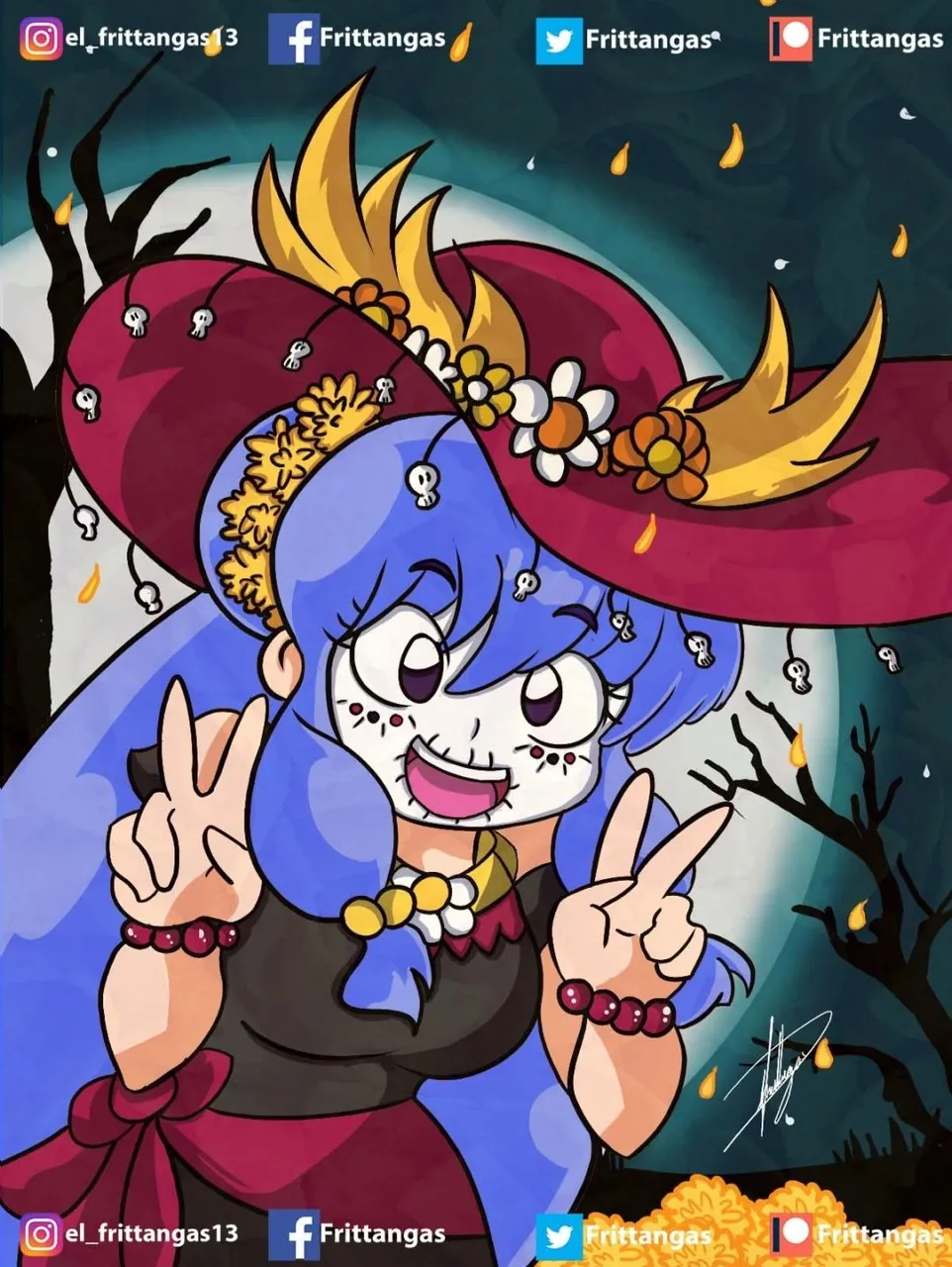
Tal vez debí poner algo sobre la pasada fiesta de la independencia de México, pero ese día me tocó estar totalmente concentrada en la cocina, ya que por la tradición mexicana, se cenan cosas de comidas típica y me tocó hacer pozole. Preparación bastante larga dependiendo de que tantas porciones se hagan.
Ya que han pasado muchos días, empezaré con mi fiesta favorita, de la cual pronto volveré a hacer maquillajes de temporada: día de muertos.
Maybe I should have put something about the last Mexican Independence Day, but that day I had to be totally concentrated in the kitchen, since the Mexican tradition is to have typical food for dinner and I had to make pozole. It was quite a long preparation depending on how many portions are made.
Since many days have passed, I will start with my favorite holiday, of which I will soon return to make seasonal makeovers: Day of the Dead.
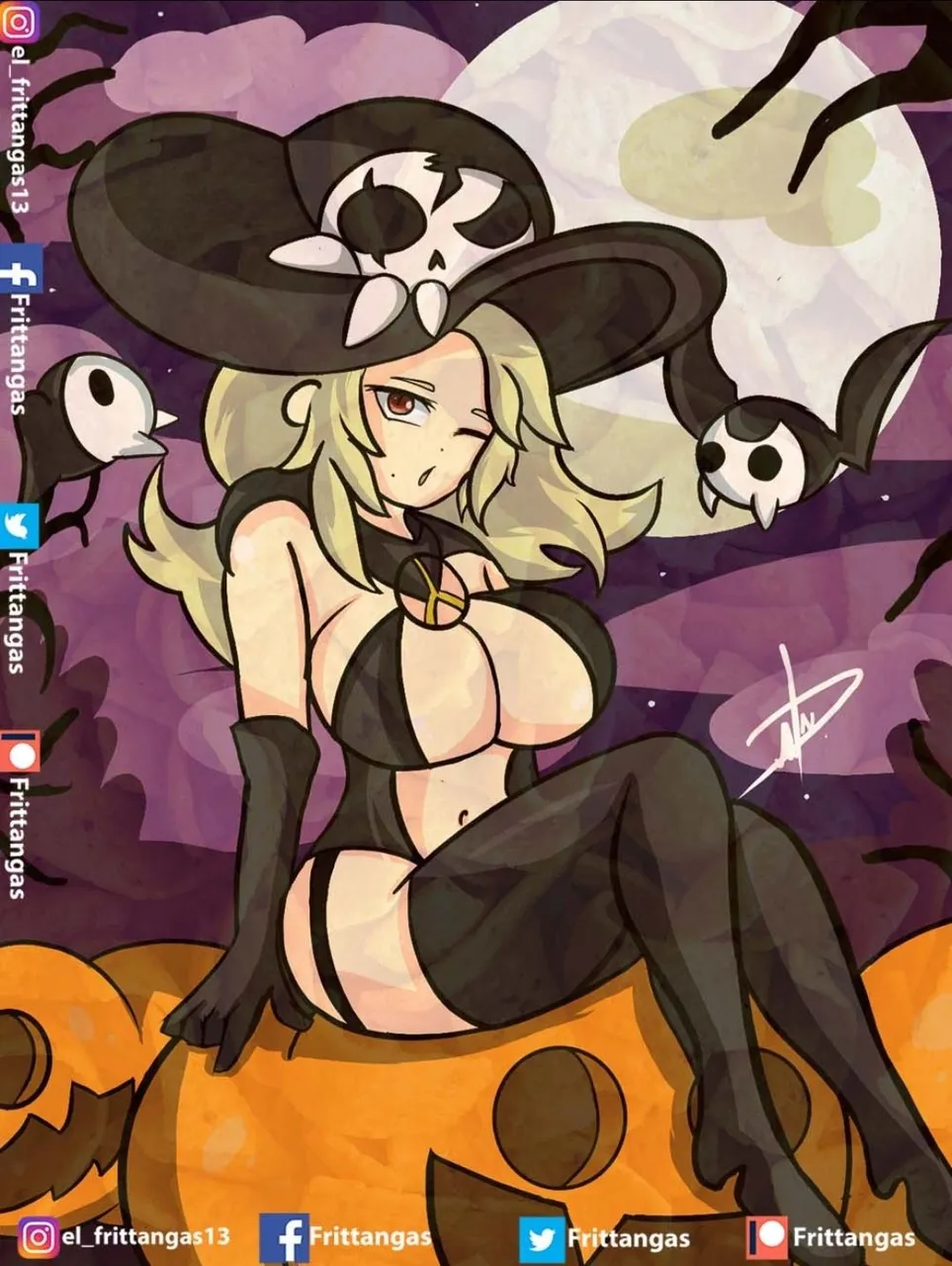
Así que aquí vamos con datos que tal vez no sepan sobre esta fiesta.
Aunque no hay una fecha exacta, por tradición se considera correcto poner el altar el 29 de octubre, ya que se considera que esa madrugada comienzan a llegar los que murieron de manera trágica.
El 30 y el 31 de octubre, los niños que no fueron bautizados.
El 1 de noviembre se celebra el Día de los Muertos infantes en general: Este es el día en que se cree que los niños bautizados y con vida ejemplar que han muerto visitan a sus seres queridos.
El 2 de noviembre se celebra el Día de Muertos adultos.
So here we go with facts that you may not know about this holiday.
- Although there is no exact date, by tradition it is considered correct to set the altar on October 29, since it is considered that early in the morning those who died in a tragic way begin to arrive.
- On October 30 and 31, the children who were not baptized.
- On November 1, the Day of the Dead is celebrated for infants in general: This is the day when baptized children with exemplary lives who have died are believed to visit their loved ones.
- November 2 is celebrated as Day of the Dead adults.
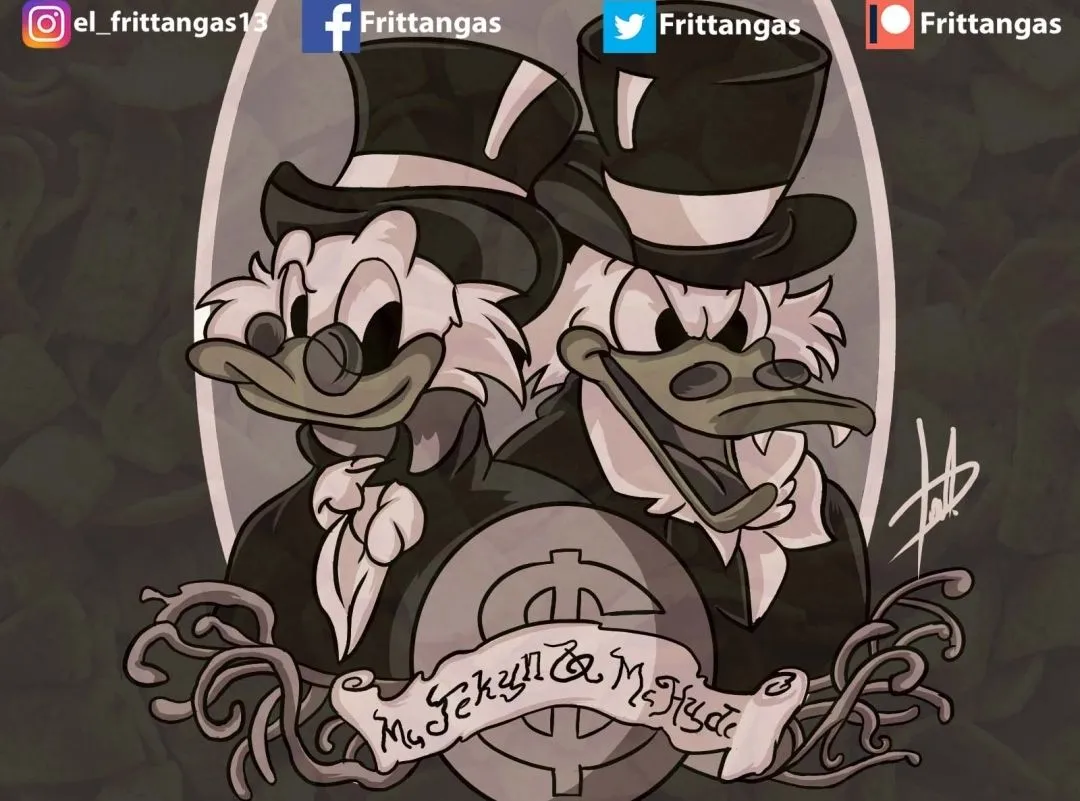
Los altares se crean en honor a los muertos de la familia (aunque tampoco está mal que hagas una ofrenda de un amigo o conocido): Es una forma de honrar, recibir y recordar a los seres queridos que ya no están en esta tierra.
Aunque el día de muertos se celebra en todo el país, es en el estado de Michoacán donde mejor se representa esta fiesta.
Los aztecas creían que la flor cempasúchil tenía propiedades espirituales que ayudan a guiar las almas de los difuntos: La palabra cempasúchil proviene del náhuatl “cempoal”, veinte, y “xóchitl”, flor. Esta flor también es conocida como flor de muerto.
Cada altar debe representar a los cuatro elementos: Agua, colocado en una jícara u vasija de barro, Tierra, con los diversos frutos obtenidos de está, Fuego, con velas y Viento que se representa a través del papel picado siempre representando distintas figuras.
- The altars are created in honor of the dead of the family (although it is not bad to make an offering of a friend or acquaintance): It is a way to honor, receive and remember loved ones who are no longer on this earth.
- Although the Day of the Dead is celebrated throughout the country, it is in the state of Michoacán where this celebration is best represented.
- The Aztecs believed that the cempasúchil flower had spiritual properties that help guide the souls of the deceased: The word cempasúchil comes from the Nahuatl "cempoal", twenty, and "xóchitl", flower. This flower is also known as flor de muerto.
- Each altar should represent the four elements: Water, placed in a jícara or clay vessel, Earth, with the various fruits obtained from it, Fire, with candles and Wind that is represented through the chopped paper always representing different figures.
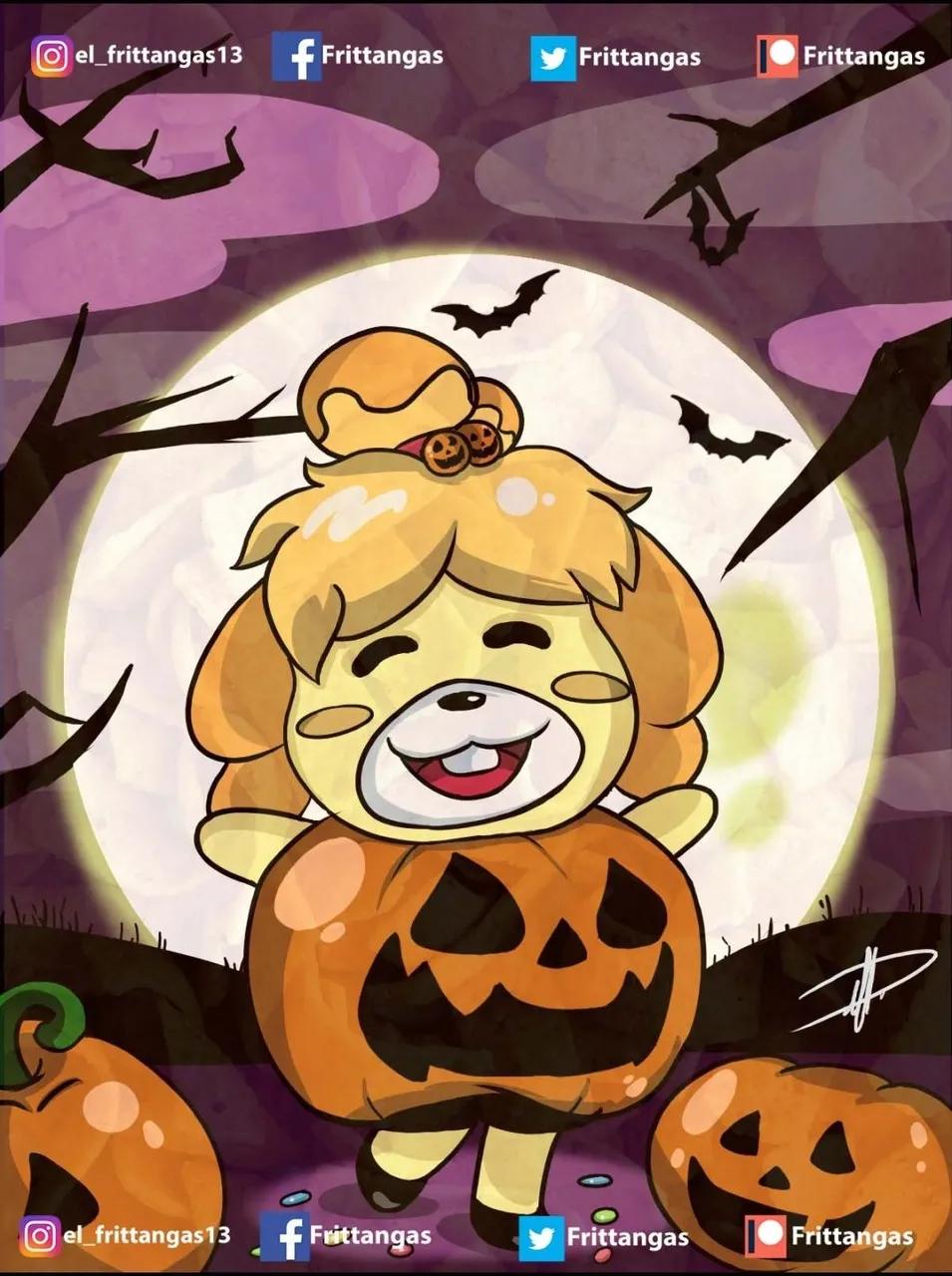
El Día de Muertos en México tiene un carácter ancestral pues se sabe de su celebración desde antes de la llegada de los españoles entre las etnias Mexica, Maya, Purépecha y totonaca.
El señor de la muerte era Mictlantecuhtli y al inframundo o reino de los muertos lo denominaban Mictlán. Este lugar era atravesado por los fallecidos durante cuatro años, dejando atrás su cuerpo terrenal. Para ello, debían superar distintos niveles plagados de dificultades. En el último, se reencontraban con sus emociones y finalizaban el proceso de purificación, pudiendo descansar eternamente.
El 7 de noviembre de 2003, la UNESCO dio el titulo de Patrimonio de la Humanidad al Día de Muertos.
Tras la llegada de los españoles, la fiesta actual de día de nuestros se hace una mezcla con la religión católica: podría decirse que es una fiesta pagana y católica.
La Catrina no era un símbolo del día: era una representación de burla a las clases sociales, que fue adoptada más adelante como imagen.
- The Day of the Dead in Mexico has an ancestral character since before the arrival of the Spaniards among the Mexica, Maya, Purépecha and Totonaca ethnic groups.
- The lord of death was Mictlantecuhtli and the underworld or kingdom of the dead was called Mictlán. This place was crossed by the deceased during four years, leaving behind their earthly body. To do so, they had to overcome different levels plagued with difficulties. In the last one, they were reunited with their emotions and finished the purification process, being able to rest eternally.
- On November 7, 2003, UNESCO granted the title of World Heritage to the Day of the Dead.
- After the arrival of the Spaniards, the current celebration of the Day of the Dead is a mixture with the Catholic religion: it could be said that it is a pagan and Catholic celebration.
- The Catrina was not a symbol of the day: it was a representation of mockery of the social classes, which was later adopted as an image.
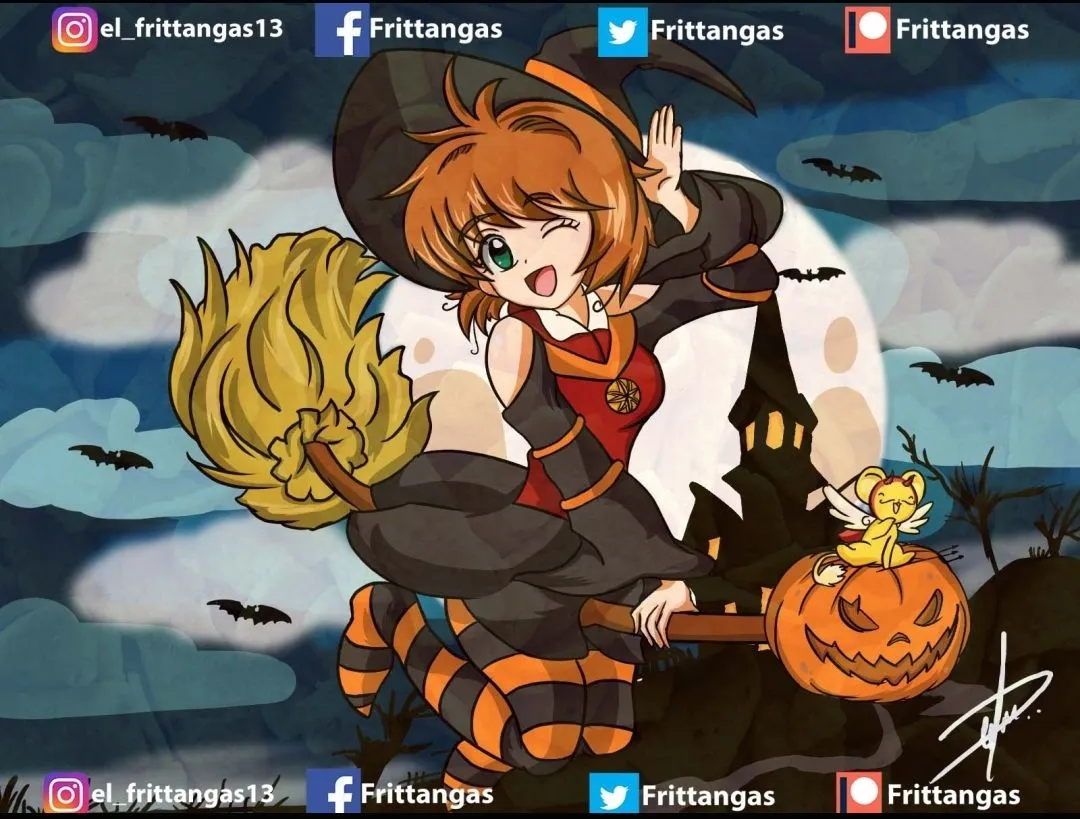
Próximamente haré una entrevista a este joven ilustrador, si desean comunicarse con el, les dejo su link de redes. Apoyen y pidan sus dibujos, trabaja bajo comisión y estos dibujos son parte de su catálogo con su respectiva marca de agua.
Soon I will do an interview with this young illustrator, if you want to communicate with him, I leave you his network link. Support and ask for his drawings, he works on commission and these drawings are part of his catalog with their respective watermark.
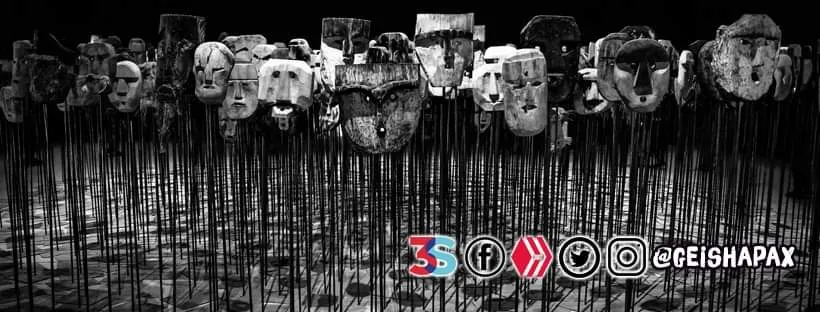
No olviden seguirme en/Don't forget to follow me in:
ALL MY SOCIAL MEDIA
